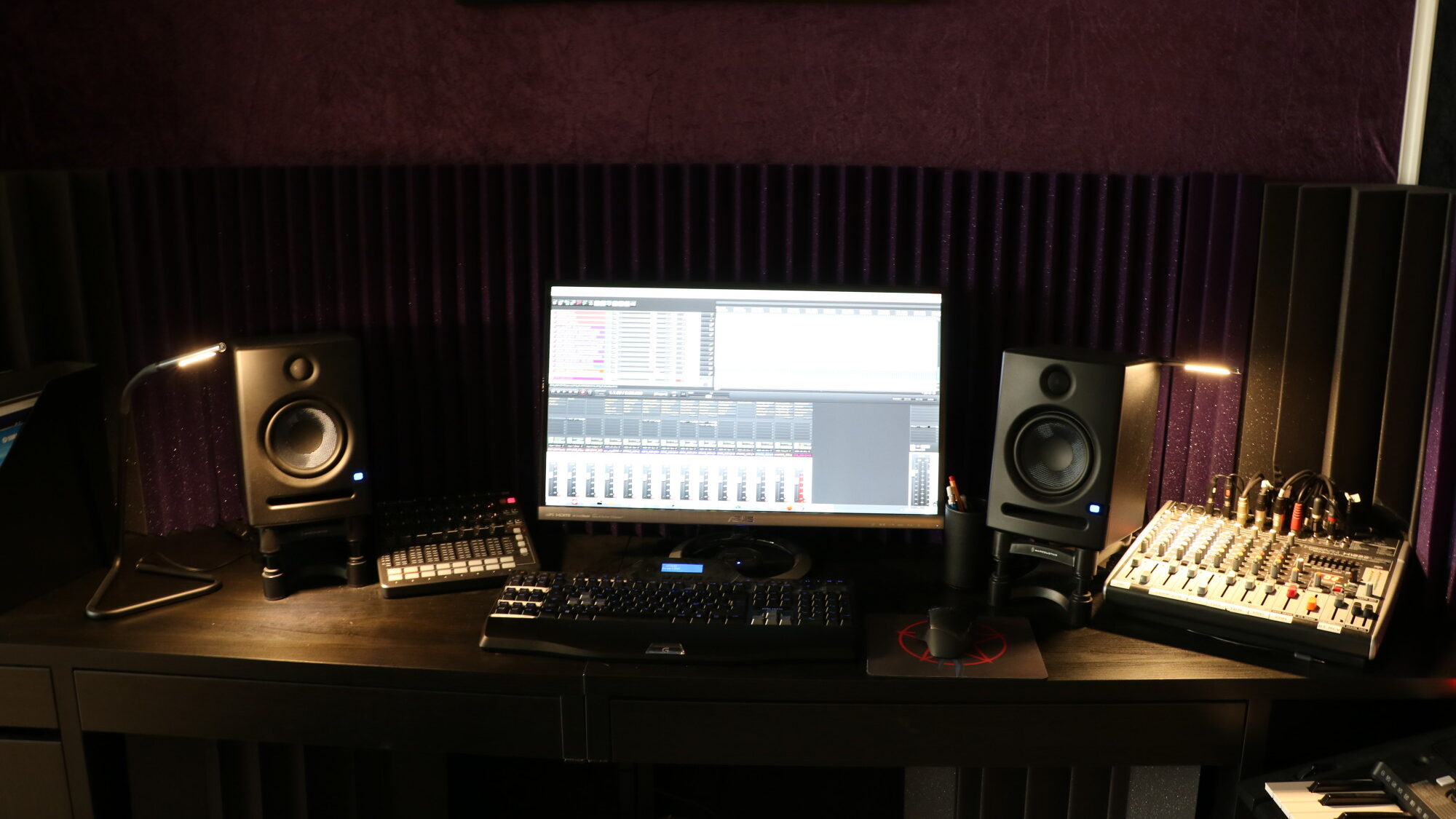Finding technical specifications on commercial material turned out to be hard. Not all manufacturers provide specifications, and for those who do, it is not always comparable to other manufactures. I’ve tried to compile specifications from the most common manufacturers.
There are a number of variables that can be used. As I’ve read in several articles on the internet, thickness is without a doubt important for bass traps. So is density. However, with increased density comes the risk of reflections, especially in the middle and high register.
I’ve also read that surface area matters. If true, that would explain why most mid- and high absorbers have wedges or pyramids on the surfaces. That is a simple way of increasing the surface area. However, using folded surface areas doesn’t increase the density, weight or average thickness, though. Increasing the thickness, actually increases the surface area as well, but that’s not enough to cause any noticeable effect.
There is also a standardized measurement called NRC – noise reduction coefficient. A value of 0 indicates no that the material doesn’t absorb anything at all, and a value of 1 indicates it absorbs 100%. Interestingly enough is, the value can even be higher than 1! What that means, I don’t know. I’ve read, it is a result of the measurement method. I guess, the frequencies are given different weight.
The NRC can be provided as an average of all frequencies, or for a specific frequency. The standard seems to be, only frequencies in the 100-5000 Hz range is measured. Thus, bass traps cannot be measured using the standardized methods. Some manufacturers provide NRC diagrams for frequencies below 125Hz, but most don’t.
Finding specification on DYI material such as glass-fibre or mineral wool insulation, turned out to be even more difficult! Some manufacturers doesn’t even provide any specification on material specifically marketed as acoustic insulation instead of heat insulation. Digging deep into building code standards did find some clues, though.
For a compiled summary of the acoustic material specifications I’ve managed to gather, see my posts on Manufacturers of acoustic material.

Leave a Reply